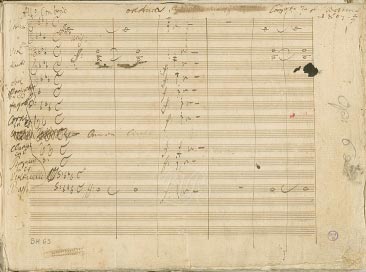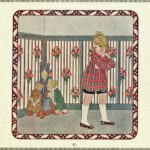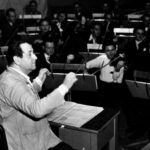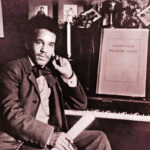Beethoven was a great admirer of Shakespeare’s plays, and according to the composer’s secretary, Anton Schindler, planned to compose an opera based on Macbeth. Unfortunately, such a plan never materialized and aside from Schindler’s unreliable testimony, there is no evidence of any Shakespearean influence on this work. When Beethoven chose the story of Coriolanus as a subject for his overture, he turned instead to the play of his contemporary, Heinrich Joseph von Collin.
The overture was written in 1807 and premiered the same year in the residence of Prince Lobkowsky in Vienna. The overture depicts a specific moment from the tragic story of the Roman general Coriolanus — the moment when his mother tries to convince him to return to Rome, even though the city has cast him out as a traitor.
The overture begins with powerful and decisive unison in the strings, followed, in the third measure, by an explosive eruption of the entire orchestra. This motive is repeated many times during the course of the overture, clearly symbolizing the heroic nature of the protagonist. After the heroic first subject, Beethoven introduces a theme closely associated with the image of the young general’s mother.
While the first subject of Coriolan is in C minor (Beethoven’s most tragic key), the second subject is in E-flat major, picturing the inner world of a loving mother. This C minor/E-flat major key relation is one that Beethoven had used a few years earlier in his Symphony No. 3 “Eroica”. There, the second movement is a funeral march in C minor, and is surrounded by three movements in E-flat major.
A striking similarity between the ending of the “Eroica’s” funeral march and the Coriolan’s ending is the way in which the musical texture breaks apart. It seems as if there is no gravity anymore or, according to the tragedy, no point in living anymore. Thus, Coriolan stabs himself to death as the only way to reconcile honor, false betrayal and a son’s love.
"Coriolan" Overture
Op. 62
By Ludwig van Beethoven





For me, the most striking thing about this overture is the dynamic first chord and the pauses,
especially the pauses. They could be used in a speech class to show how effective it is for a speaker to pause in a conversation.